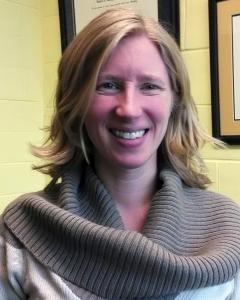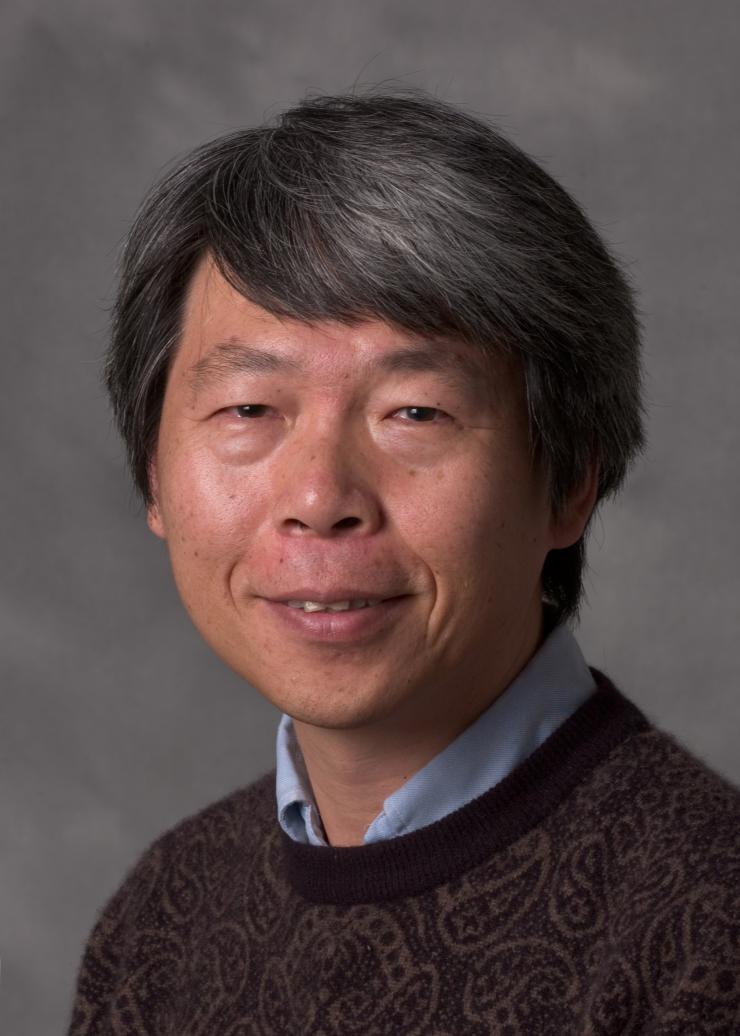Textbooks are the bane of students. Their cost has increased significantly over the past decade. In 2010, the average price of a textbook was $133. The cost of science and mathematics tomes averages even higher.
Beyond the financial drain, textbooks are often bloated with information that will not and cannot be covered during the one or two semesters they are intended to be used. For students and professors alike, there’s got to be a better way.
Ever inventive and industrious, academics in the School of Biological Sciences have found a solution: replace textbooks with custom-built websites.
Over the past several years, Jung Choi, an associate professor, and academic professionals Shana Kerr and Chrissy Spencer have been working toward a textbook-free biology classroom. Their efforts have been supported by a grant from an anonymous alumnus and by a USG Board of Regents Affordable Learning grant.
Choi took the first steps in 2010, when he got fed up with how topics are presented in textbooks. “The only way I was going to get something I liked,” he says, “was to write it myself.”
“Textbooks organize materials in a way that doesn’t necessarily fit the way we think about biology,” Spencer says.
Custom websites dispel the dread of textbooks. First, they drastically reduce the cost. Students taking these courses will only pay a small subscription fee to the website used for homework problems.
Next, they offer significant modularity. Professors can tweak and update information to suit their needs. Already complete is the website for Biology 1510, the first semester of introductory biology. “It’s a living document,” Kerr says. “We make changes as we go along.”
Also available, but not yet complete, are websites for Biology 1520, the second semester of introductory biology, as well as the new non-major course The Biology of Sex and Death. “These two websites are less polished,” Spencer says. “Our ultimate goal over the summer is to get them to the level of 1510.”
Finally, in contrast to textbooks’ information overload, custom websites eschew the excessive detail that students do not need. Such streamlining has no adverse effect on student learning, the professors say. “There is not one single member of our faculty who knows everything in an introductory textbook,” Choi says. “And we’re not going to ask our students to know everything.”
From the feedback they have received, Choi, Kerr, and Spencer are confident that students welcome the switch. Quantitative analyses of students’ performance show no significant difference in performance between students using the textbook and those using the website. Additionally, students showed improvement in learning certain topics that are not adequately covered by textbooks. Results have been presented at local and national conferences.
To disseminate their methods and resources, Choi, Kerr, and Spencer have made the biology course websites available to anyone. Everything can be reused and repurposed by teachers at other universities and schools freely, as long as credit is properly attributed.
The professors hope their example will lead others at Tech to adopt their methods. “We would love for people to be on board with this idea,” Spencer says. “We think teaching things in this way makes a whole lot of sense.”
Despite the tremendous progress, a minor issue remains: how to refer to these textbooks in the form of websites? Choi, Kerr, and Spencer have not yet settled on a moniker.
How about “the Matrix”?
Nathanael Levinson
Contributing Writer
College of Sciences



A. Maureen Rouhi, Ph.D.Director of Communications College of Sciences
